Though it may seem odd to devote an entire day to a squiggle most of us use when sloppily taking notes to mean the word “and”, the history behind it is actually pretty interesting (that is, if you’re into etymology and all that). The Latinists of the school probably know that the Latin for “and” is “et”. Way back (I’m talking two millenia ago), scribes writing in cursive would often loop together the e and the t, giving rise to its current shape. Source

However, it was not formally called an ampersand until the mid-19th century, when it became the 27th letter of the English alphabet. The alphabet song back then would’ve ended with, “X-Y-Z-and-per-se-and”, the fancy and per se meaning “and by itself”. Americans are famous for shortening words and abbreviating phrases, so it’s no wonder that it was eventually clipped by schoolchildren to coin the modern term. And-per-se-and…Ampersand. A word that originates from a mistaken pronunciation like this is called a mondegreen. Source
Nowadays, ampersands are mostly used in business names, to express certain technicalities in co-writing scripts, and in hipster decor sold in the likes of Francesca’s and Urban Outfitters (you can check a few out below if you’d like!). 


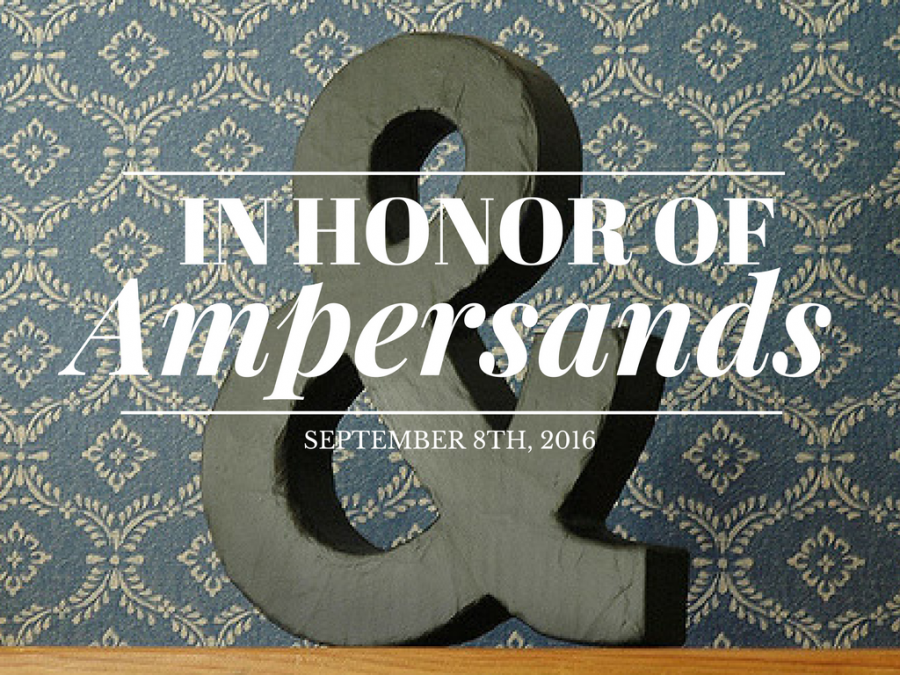
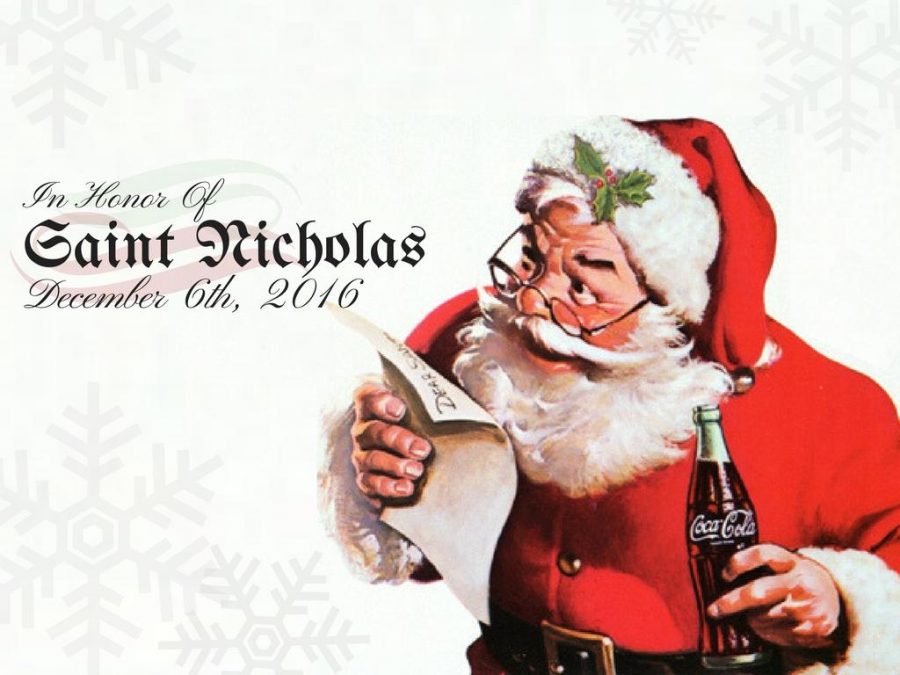



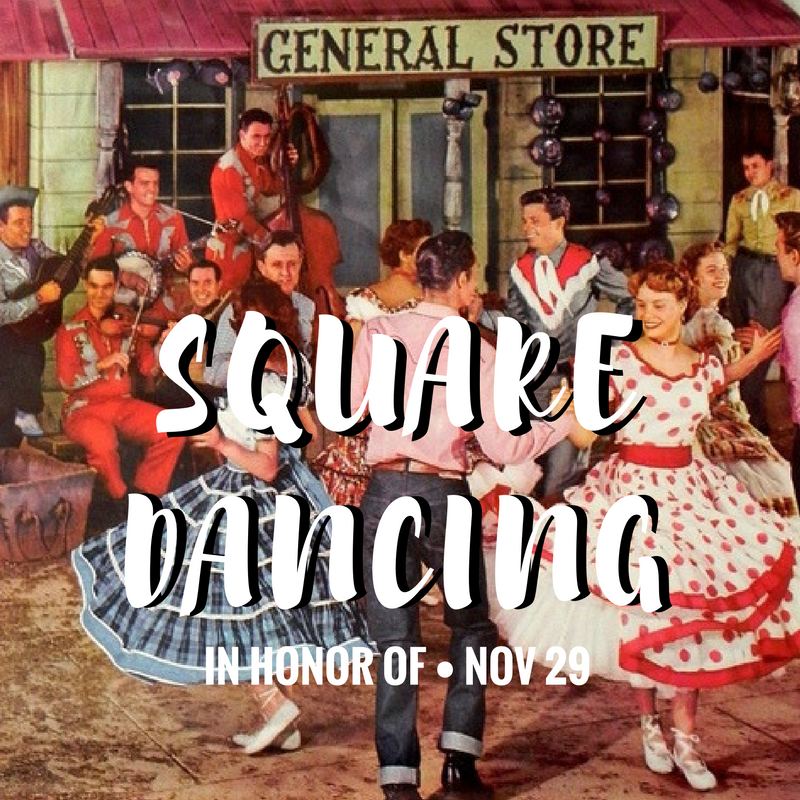
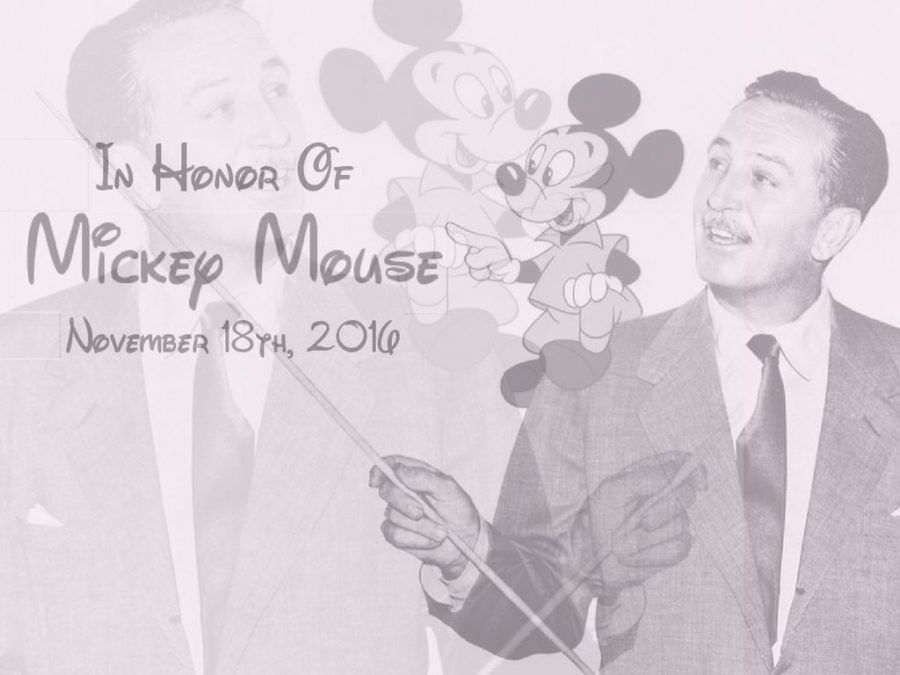








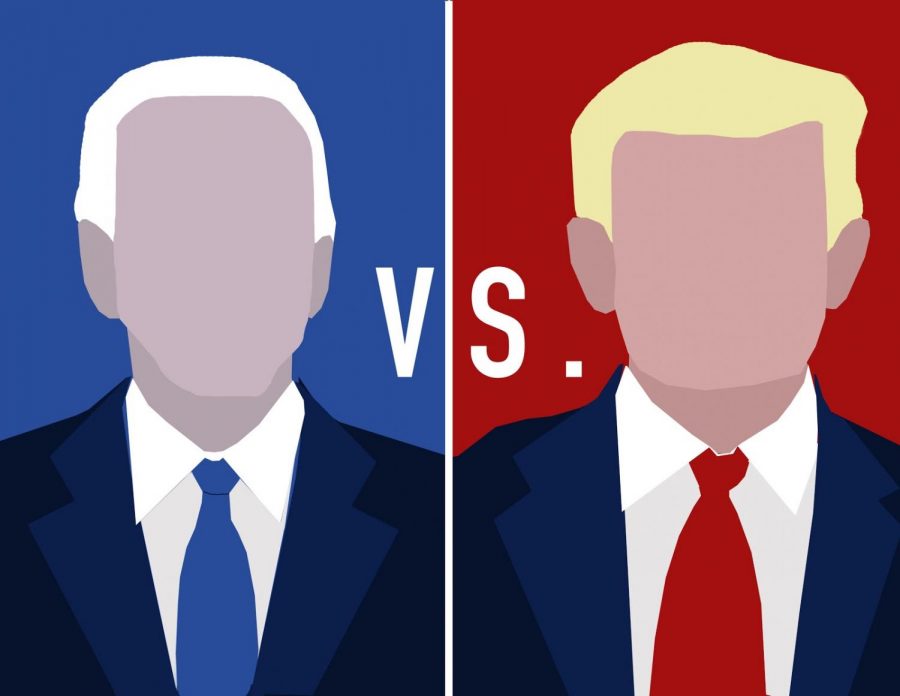



Austin Scott • Sep 8, 2016 at 8:45 am
Reading this was an emotional tour de force. Learned a lot!